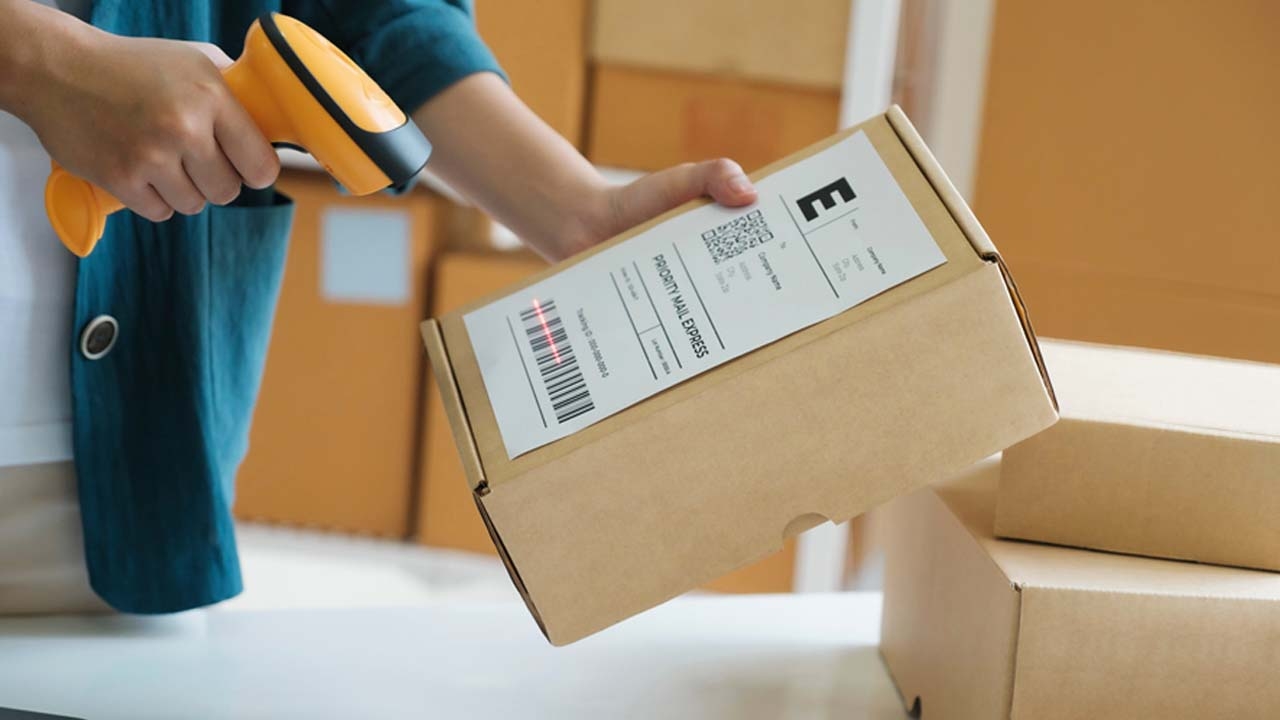SMI Coated Products discusses the Indian label industry
Aakriti Agarwal talks to Ajay Mehta, managing director at SMI Coated Products about the label industry in India.

An ISO 9001:2000 certified company, SMI Coated Products is a labelstock manufacturers operating out of India. Of the country’s various prevalent label technologies, Ajay Mehta, managing director at SMI Coated Products, says: ‘Every technology has to create its own space. However, cost is a major parameter. The edge that technologies such as pressure-sensitive, shrink-sleeve and in-mould labels have is price.’
He feels that all technologies will eventually co-exist and based on what companies want to project using labels is going to determine the direction of the market. However, he notes that ‘volumes in India do not justify a move towards liner-less technology so soon’. There is always a cost involved with technology, which gets compensated by volumes. ‘This technology is catering to important environmental issues; not necessarily to cost. The cost difference is marginal.’
With the announcement of FDI expected soon after elections, growth in the Indian market is awaited. ‘FDI has eagerly been awaited by everyone but the impact will be seen over a period of a few years. Inflation has been one of the primary challenges that has taken away a lot of money from people’s pockets,’ he says.
The company sees growth in FMCG, pharmaceuticals, liquor and retail barcode and plain labels. ‘Food will not contribute large volumes in the short term within India because the market for packaged food is not big,’ he says. Talking of the pharmaceutical industry, he says that all costs are restrained as pricing is controlled by the Indian government. ‘I don’t foresee many changes in the pharmaceutical sector but it is a health related industry and is shifting towards pressure-sensitive labels.’
With big multinational companies entering the country via mergers and acquisitions, the efficiencies in a plant have changed. ‘Indian entrepreneurs need to get more efficient. Most label printers buy a machine based on technical parameters designed by engineers. However, when they use the machine, they depend on uneducated workers and run them at much lower speeds.’ Mehta says that most label printers in India may not be printing more than 1,00,000 sq m in a month whereas they should be doing at least 1,30,000 to 1,40,000 sq m a month. Using simple mathematics, Ajay Mehta explains that, if a 0.33 meter wide machine is run at the ideal speed of 150m/min, using 50 sq m of label stock a minute for 50 minutes an hour, 22 hours a day and 25 working days in a month, then a label printer should be able to produce 13,61,250 sq m of printed material a month.
But they are doing far less, just around 7.5 percent. ‘We can aim at least to make this 20 percent,’ says Mehta. ‘Growth has to be in business and not in number of machines.
‘Indian label printers need to put systems in place now for growth tomorrow. They need to continue catering to customers while maintaining their credibility and profits,’ he concludes.
Stay up to date
Subscribe to the free Label News newsletter and receive the latest content every week. We'll never share your email address.

